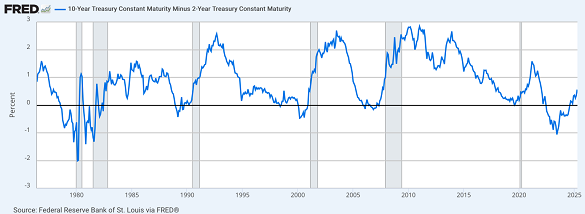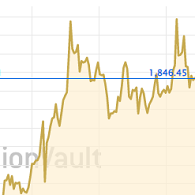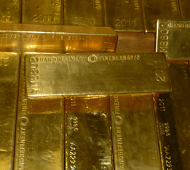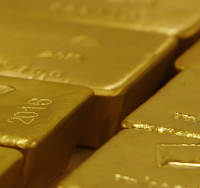Forget the Fed, Don't Fight the Yield Curve
Too late already. As always...
The BOND market's yield curves imply a dovish Fed to come, writes Gary Tanashian in his Notes from the Rabbit Hole.
But the Fed will sit on its ample behind for as long as it takes for it to finally act on the message.
Eventually the Fed will be dragged into action; dovish action. Much like the Fed was compelled, despite its tardiness, to finally fight inflation with hawkish action on the last cycle, as we noted in real time back in that phase.
The effects of the inflation problem created by the Fed and government in 2020 could have been less severe had the Fed gotten off its ass and addressed the problem sooner. Instead, it held off in paranoid fashion until it was sure the asset bubble in equities, which it was blowing, was in full flight.
Was this political? I can't comment. But the inflation was birthed under Trump and it was sustained way too long under Biden (with Janet Yellen riding in the side car as Treasury secretary).
Fast forward to today. CME Group's FedWatch tool − which I have come to realize is not the skilled forward prognosticating entity many think it is (it all too often reacts to events and indications in real time) − sees a 70% chance of a Fed Funds rate hold in May. Although it also sees an 87% chance of a cut by one or two basis points in June.
On April 7th we noted that the Yield Curves were painting the Fed "behind the curve". That was due to the 10-year-minus-3-month curve lagging the 10yr-2yr. On April 9th we reviewed the Yield Curve steepener, indicating an economic bust in the not too distant future.
Proof, you demand? Here it is.
Historically, Yield Curve steepeners have never failed to bring on recessions to one degree or another at some point, usually after the steepener has expressed itself for several months. The current steepener need not necessarily bring on a recession just yet. But it is very likely coming. The shaded areas on the chart were the recessions of yore.

The yield curve anchored by the 3 month T-bill is more heavily influenced by the Fed's status (holding), and the curve anchored by the 2 year Treasury note is more subject to a (relatively) freer bond market.
But while the Yield Curve anchored by the 2-year Treasury Note continues on its steepening way, it is dragging the 10-3 chart directly into the fight and thus, it is dragging the Fed into the fight.
The concept of short-term Treasury yields declining in relation to longer-term Treasury yields (the definition of a curve steepener) means gathering risk-off sentiment in the markets (well, that's been obvious even to those who don't know what a yield curve is) as capital flies toward the safest liquidity in short-term Treasuries and T-bills.
This is not a discussion about gold, the ultimate risk-off asset in times of liquidity stress. Gold is and has been just fine, when it was languishing below 1100 per ounce. a few years ago and when it is booming to new highs today. It is insurance and safety in a way that bonds, the debt of sovereign nations at economic war, are not.
Insofar as we are discussing bonds, this is the kind of pressure that will drag the Fed into action, probably whenever the current stock market rally (favored view is that it is a bear market rally) ends.












 Email us
Email us
